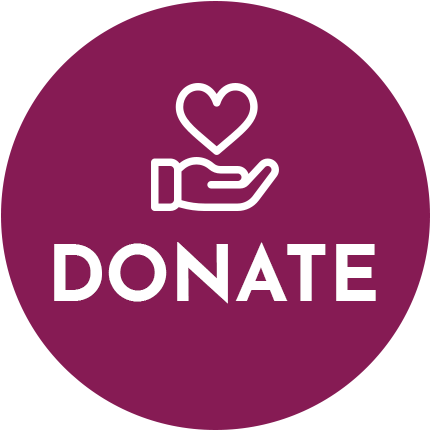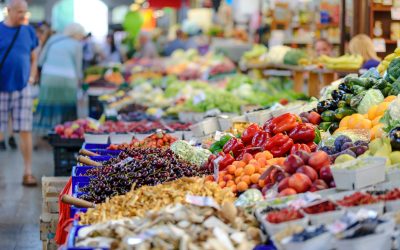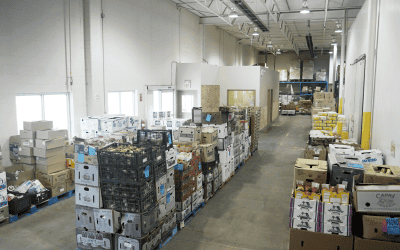The equivalent of a freight train full of food stretching from Ottawa to Winnipeg is wasted every year in Canada. That’s 11.2 million metric tonnes of good, surplus food that goes straight to landfills. In fact, 58% of all food produced in Canada is lost.
This is socially unjust and ecologically unsustainable. But we can do something about it.
Through food waste education, Second Harvest has increased awareness of the avoidable crisis. We have provided social service agencies and food donors with free, yet invaluable e-learnings on how to lessen their environmental footprints and provide hunger relief to food insecure communities across Canda.
Today, we’re proud to expand our free online courses to anyone who wants to make a positive change against food waste. As individual consumers and business owners, we all have the power to reduce our food waste where we live and work.
Start your food waste education journey now.
Introducing 3 free online courses on food waste education
Each learning module is free and takes about 10 to 15 minutes to complete. They feature facts, key takeaways, videos, interactive games and downloadable resources. After completing the modules, each learner receives a certificate of completion.
Second Harvest’s free e-learning courses and training modules include:
A Donor’s Guide to Food Recovery

Food businesses can learn best practices on how to donate food to local communities that need it most. Help lessen your impact on the planet and feed people who are food insecure with good, nourishing meals.
- Understand the impact of food waste in Canada
- Get clarification on common misconceptions regarding donating food
- Discover how donating food surplus helps agencies and communities in need
- Be equipped to make regular food donations to your community
Take the free e-learning course
A Guide to Food Date Labels in Canada
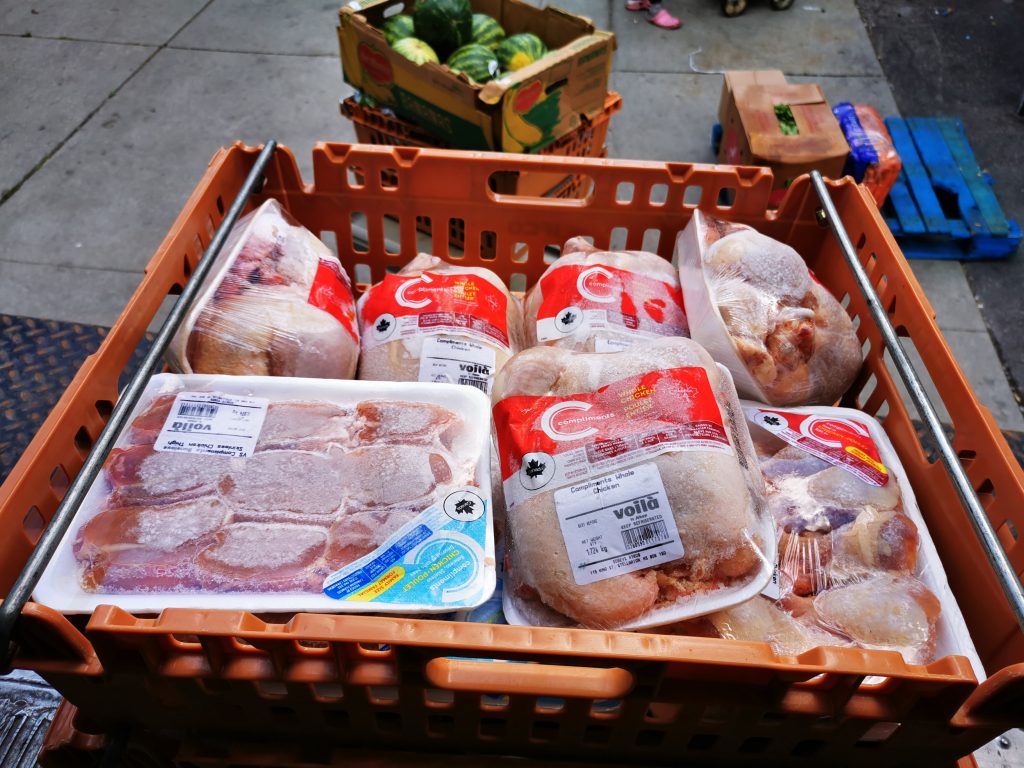
Best-before labels are the number one reason that food is wasted in Canada. That’s why it is so important to understand what food date labels mean and demystify them—in our home kitchens and fridges and in our grocery stores.
- Understand when food is and isn’t safe to eat—learn to use your senses
- Know the difference between the various date label terms
- Know how long past the best-before date that food is still good
- Recognize how much food is unnecessarily wasted in Canada
- Feel equipped to reduce food waste at home
Take the free e-learning course
A Guide to Food Waste Audit
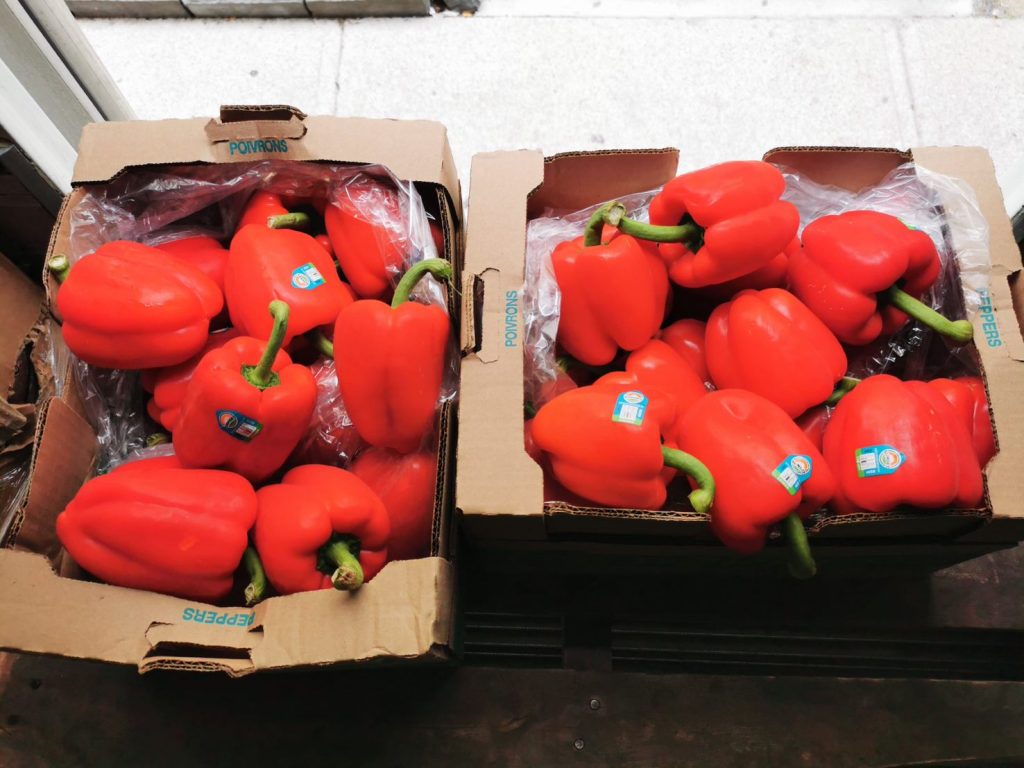
The average Canadian household will spend $1,766 every year (or roughly $5 a day) on food that will go to waste. Both households and food business owners alike can revolutionize their food consumption habits and save money with food waste education and a simple audit.
- Understand the environmental impact of food waste
- Learn how to maximize your food—and lessen the cost of groceries
- Curb wasteful spending and consumption habits
- Learn about and discover the importance of food waste audits
- Understand how to complete a food waste audit
Take the free e-learning course
The benefits of Second Harvest’s food waste education
Food waste is an environmental and social catastrophe.
For example, 56.5 million metric tonnes of greenhouse gases are released into our atmosphere from food waste every year. At the same time, since COVID-19 began, 1 in 7 Canadians live in a household that has been food insecure in the past 30 days. Pandemic aside, 5.6 million Canadians struggle to put food on the table.
Our learning modules discuss how food waste impacts our environment directly and what we can do right now to stop the degradation. At the same time, we discuss how food donations and diverting waste and loss from landfills (or composts) to those communities in need can provide essential hunger relief.
Thank you to Ontario Trillium Foundation Seed Grant for support of Second Harvest’s e-learning courses and training. And follow @SecondHarvestCA for details about our food waste panel discussion coming October 23.

